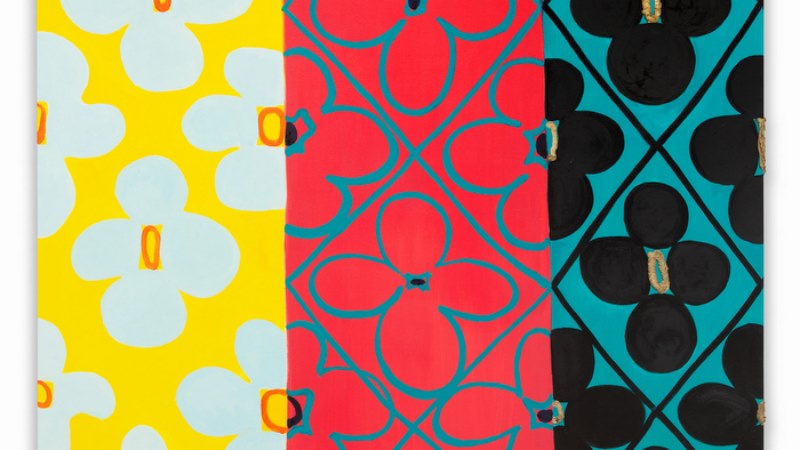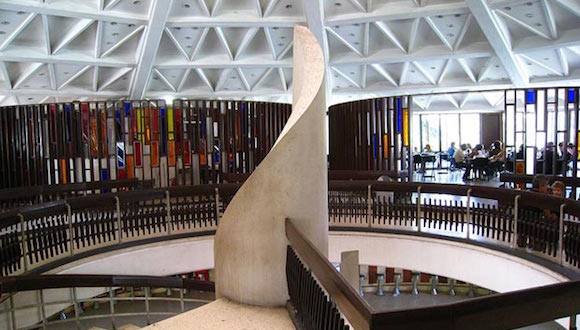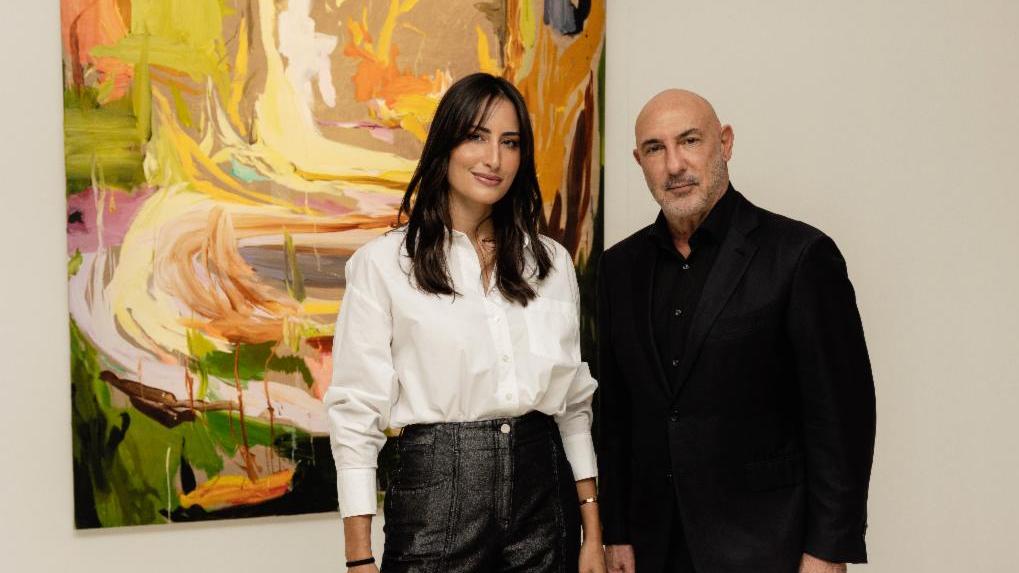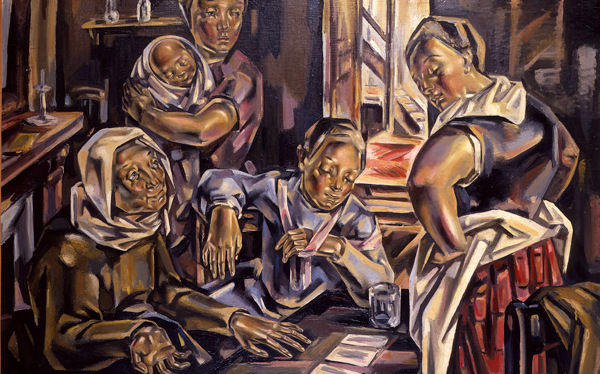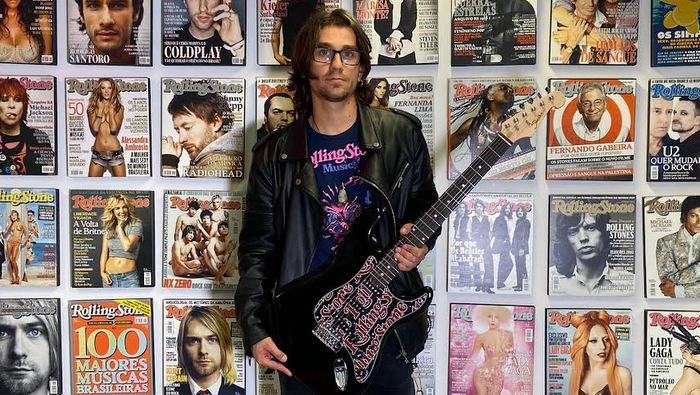The MoMA of New York pays tribute to the modern architecture in Latin America including that of Cuba with an exhaustive exhibition focused in the second half of the 20 century and the imprint of the development in that region.
With many original drawings, models, pictures and films of ten countries, the exhibition titled “América Latina en construcción: Arquitectura 1955-1980″ (Latin America in evolution: Architecture 1955-1980) is opend until July 19 in the prestigious Museum of Manhattan and retakes 60 years later an emblematic exhibition on the discipline in the region dedicated to the decade 1945-1955.
The exhibition includes over 500 works covering 25 years in Latin America. The countries involved in the project are Cuba, Chile, Argentina, Uruguay, Brazil, Peru, Colombia, Venezuela, Mexico and Dominican Republic.
Some of the Cuban works highlighting in this exhibition are “Coppelia” ice-cream parlor, the building marked by the number 2111 on L Street, the Gustavo Pozo Primary School on Paseo Avenue, in Vedado neighborhood, the José Antonio Echeverría University specializing in technical subjects, the Pabellon Cuba cultural center and the Terrazas Community in Pinar del Rio western province.
“It is about different countries in different moments. One of the risks of the exhibition was to understand the region as a homogeneous block”, explained curator for MoMA Architecture and Design Barry Bergdoll referring to the wide covered spectrum.
“I like the format of the conversation since it shows hypothesis, no answers”, Bergdoll added when referring to the dialogue between problematic and local traditions and the ideas came from different parts of the world that brought about the originality of the Latin American architecture.
The exhibition begins with a film produced by the moviemaker and audiovisual artist Joey Forsyte and it is dedicated to the development of Buenos Aires, Montevideo, Sao Paulo, Rio de Janeiro, Caracas, Havana and Mexico City with archives images screened in 7 screens parallel and shows similarities and contrasts of these cities.
From the modern student cities like the National Autonomous University of Mexico to the creation of the new capital like Brasilia, the urban modern planning has a preponderant place and allows to see historical documents like the first sketch of Lucio Costa on the Brazilian city as a form of a bird or a plain carried out in an envelope.
Urban laboratories
Besides these visionary projects with the idea of a “future ideal city”, the analyzed period also shows the architectonical laboratory in which the region has become due to the necessities came from the amazing increasing of its great cities.
In that sense, the development issue came up with a strong state intervention to change the urban landscape including a renewal look if the space and the public buildings with examples very popular like Rio de Janeiro and others not so popular like Santa Rosa de La Pampa in Argentina.
The exponential increasing of the population in the cities made they thought about the housing issue regarding to plans of collective residences like the Experimental Project for Housing in Lima, a low-cost neighborhood conceived in 1996 by British architect Peter Land and developed with the support of the UN.
As the history of the Latin American architecture is looked in terms of import of European and US styles and techniques, the exhibition is useful to take apart this prejudice presenting the “export” of the innovative forms.
The most known case is that of the works by Brazilian architect Oscar Niemeyer (1907-2012) like the headquarter of the French Communist Party in Paris from which you can see a model, or the Auditorium of Ravello (Italy)
The region had even its place in the world utopic thinking, as it is reflected in a drawing with the project of the “primera ciudad en la Antártida” (the first city in the Antarctic) in charge of the Argentinian Amancio Williams and that it is used as the exhibition closing.
Source: Cubadebate
Related Publications
